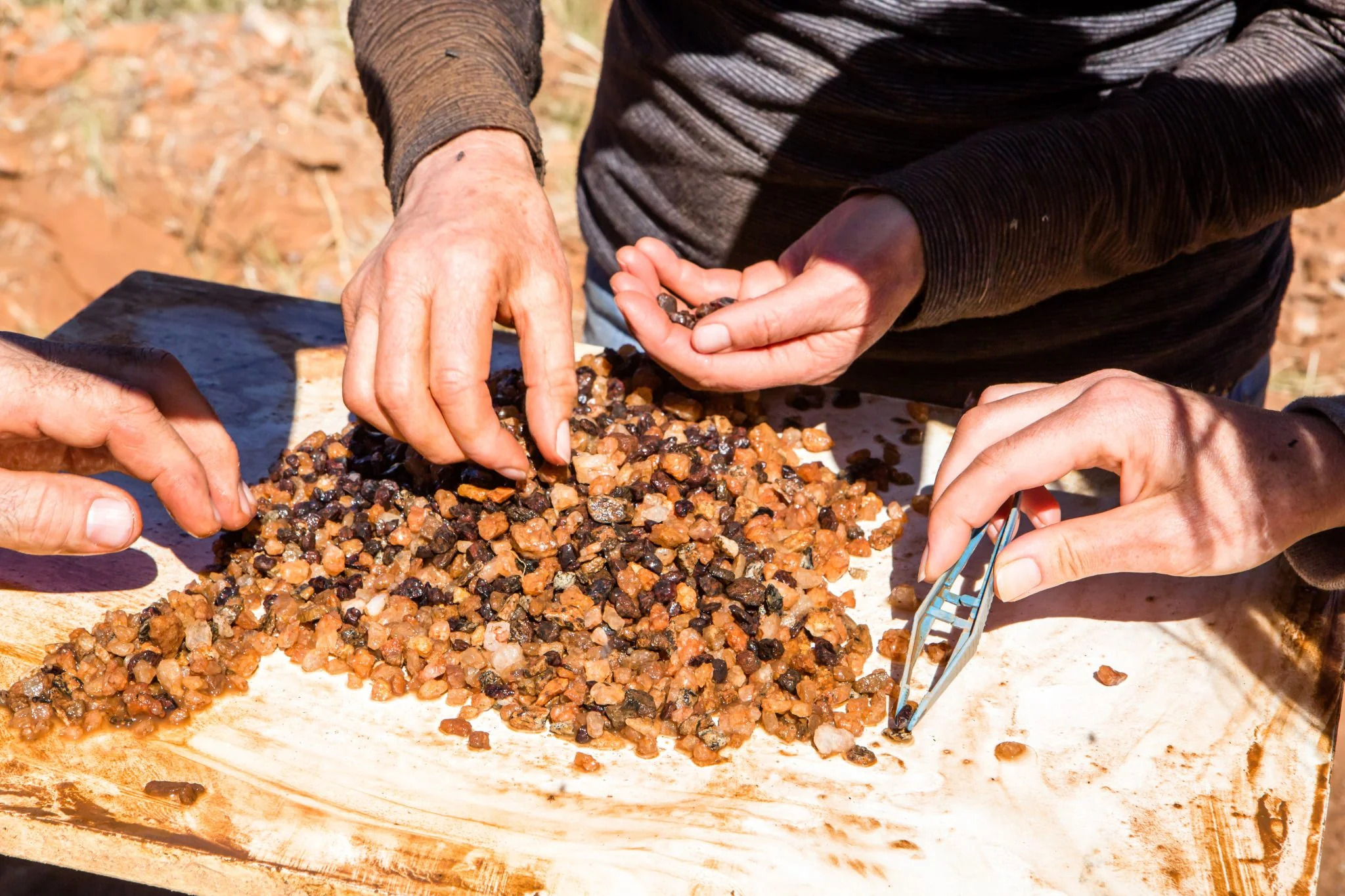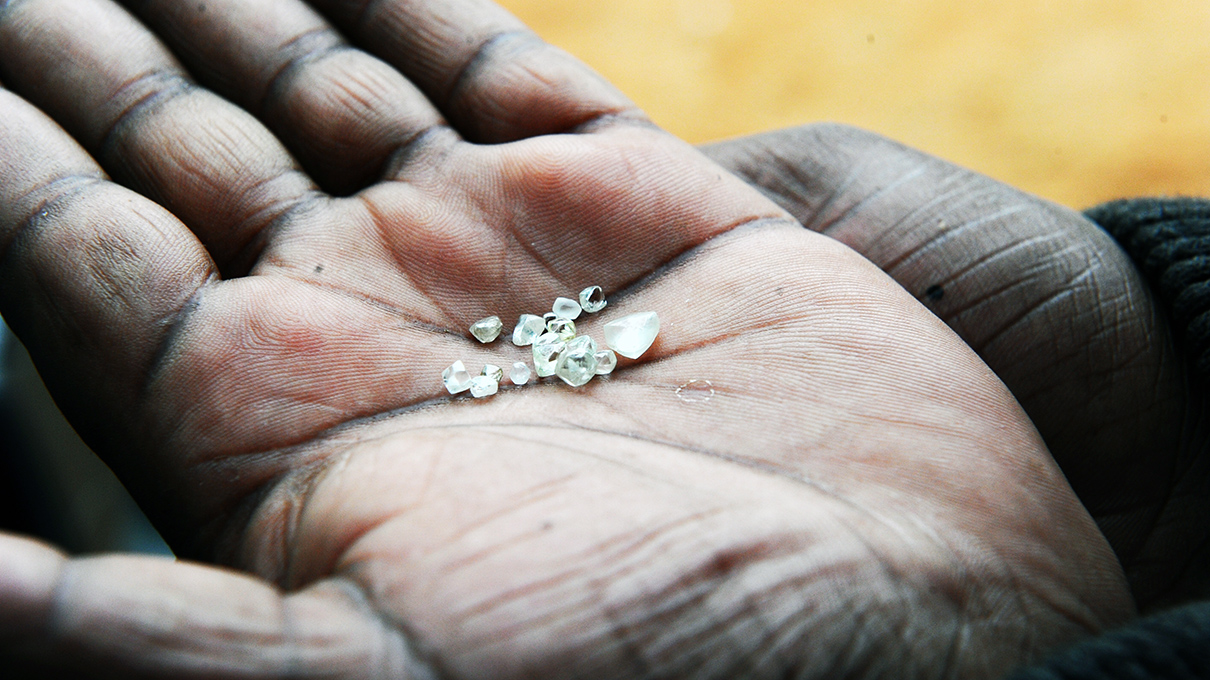Gems have been a pinnacle of human admiration for centuries. Their vibrant colors, durability, and rarity have made them a symbol of status and wealth. As such, the process of mining gems has evolved into a complex and intricate practice, balancing ethics, environmental impact, and technological advancements. Let’s delve into the fascinating world of gem mining and uncover the hidden treasures beneath the Earth’s crust.
The Birth of Gems
In the heart of the Earth, under immense pressure and heat, a remarkable transformation occurs. Minerals take on new forms, crystallizing over millennia into the precious stones we call gems. Mining gems is an age-old practice that connects us to the very depths of our planet, bringing to the surface sparkling emeralds, rubies, sapphires, and an array of other dazzling treasures.
Mining for gems begins with the identification of gem-bearing areas. Geologists use a combination of field surveys, mineralogical studies, and satellite imagery to pinpoint promising locations. Once a potential site is found, miners embark on the challenging process of extraction. Depending on the depth and type of deposit, different mining techniques are employed. Open-pit mining, underground mining, and placer mining are some of the most common methods used to unearth these natural beauties.
The process requires precision and care to ensure that the integrity of the gems is preserved during extraction. The raw gemstones are then meticulously sorted, cut, and polished to reveal their inherent luster and color. This process can elevate a seemingly ordinary rock into a valuable and coveted jewel.
Mining gems is not just about adornment or luxury. It also plays a significant role in many economies and supports countless livelihoods. The journey of a gem from the deep recesses of the Earth to a cherished piece of jewelry is a testament to human curiosity and our unending quest for beauty.
The Mining Gems Process
The journey of mining gems begins with the identification of potential sites where these stones can be found. Geologists play a crucial role in this early phase, assessing areas for the presence of gem-bearing minerals. Once a promising location is determined, miners can begin the excavation process. Mining for gems can take place in various environments, from riverbeds and ocean floors to deep underground mines.
Open Pit Mining
One common method of mining gems is open-pit mining, also known as surface mining. This technique involves removing layers of soil and rock, known as overburden, to expose the gem deposits. Open-pit mines can grow to massive sizes, sometimes becoming vast landscapes of stepped terraces that delve deep into the earth. The advantage of this method is that it allows for the extraction of large quantities of material, which can then be sorted and processed to find the gems within.
Underground Mining
Another method is underground mining, where miners construct tunnels and shafts to reach gem deposits deep below the surface. This type of mining is more labor-intensive and poses greater risks due to the potential for cave-ins and the need for proper ventilation within the tunnels. However, underground mining is necessary when gem deposits are located too deeply for surface mining to be viable.
Alluvial or Placer Mining
Alluvial mining is another method used particularly for mining gems that have been transported by natural erosive processes over time and deposited in riverbeds or along coastlines. Miners sift through sand and gravel, using water to separate the heavier gemstones from lighter materials.
The process of mining gems does not end with extraction. Once the rough stones are gathered, they must be sorted based on various characteristics such as size, color, and quality. The highest-quality gems are often reserved for cutting and polishing—a transformative process that enhances their natural beauty and prepares them for the market.
Advanced technology has also become integral to modern gem mining practices. Sophisticated imaging techniques, such as seismic surveys and satellite mapping, aid in locating deposits more accurately, thereby reducing environmental impact and increasing efficiency. Automated sorting machines can process large volumes of raw material quickly, identifying gemstones by their physical properties.
The allure of gemstones is undeniable, but it’s important to recognize that mining gems comes with significant environmental responsibilities. Responsible gem mining involves minimizing ecological disruption, rehabilitating mined land, and ensuring safe working conditions for miners. As demand for these beautiful stones continues, it is imperative that the industry adheres to sustainable practices.
Technology in Gem Mining
The introduction of geospatial technologies, including satellite imagery and geophysical mapping, has enabled miners to precisely locate gemstone deposits, reducing unnecessary excavation and environmental disturbance. These methods allow for more strategic planning of mining operations, ensuring that only areas with high potential for gemstone yields are targeted.
Once a promising area is identified, advanced drilling techniques are employed. Sonic drilling, for example, uses high-frequency, resonant energy to penetrate through rock layers with minimal environmental impact. This technology is particularly useful in mining gems as it provides core samples that give an accurate indication of the underground geology without causing extensive damage to the surrounding ecosystem.
In underground mining operations, the use of automated machinery and vehicles has increased safety by reducing the need for human presence in potentially hazardous conditions. Robotics are now frequently employed in both open-pit and underground mines to perform tasks such as drilling, blasting, and hauling. These machines can be operated remotely, protecting workers from the dangers inherent in mining environments.
Additionally, advancements in sorting technology have streamlined the process of separating gemstones from other materials. High-speed optical sorters use sensors to detect the unique characteristics of various gems, rapidly categorizing them by size, color, and quality. This automation increases the speed and precision of sorting, which is essential in managing the large volumes of material produced by modern mining operations.
The Impact of Mining
The extraction of gemstones is a double-edged sword, contributing significantly to the economic prosperity of many regions while also posing substantial environmental and social challenges.
Economically, gemstone mining can be a major source of income, providing livelihoods for local communities and revenues for governments. Artisanal mining operations in particular have the potential to uplift areas by creating jobs and stimulating local markets. The artisanal mining of gems such as diamonds, sapphires, and emeralds has been a cornerstone of economic activity in countries like Sierra Leone, Madagascar, and Colombia, respectively.
However, the environmental impact of mining gems is one of its most contentious aspects. The process often involves the removal of large amounts of soil and subsoil, which can lead to deforestation, soil erosion, and the contamination of water sources with chemicals used in mining operations. These environmental changes not only disrupt local ecosystems but can also affect the livelihoods of surrounding communities dependent on agriculture or fishing.
Mining activities can also have wide-ranging social impacts. While the industry can bring employment, it can also lead to the displacement of communities, infringement on indigenous lands, and sometimes fund conflicts—highlighted by the term “blood diamonds.” Moreover, working conditions in some mines are perilous, with miners facing health risks due to inadequate safety measures and exposure to hazardous materials.
In response to these concerns, initiatives such as the Kimberley Process Certification Scheme have been implemented to ensure that diamonds are conflict-free. Nevertheless, greater efforts are necessary to ensure that the extraction and trade of mining gems are conducted in an ethical and sustainable manner that protects both human rights and the environment.
Ethical Considerations in Mining Gems
The quest for precious stones has driven the mining industry to various parts of the world. This comes often with significant ethical implications. Mining gems, a sector known for its allure and profitability. It also bears the weight of ethical considerations that cannot be overlooked. These concerns include environmental stewardship, human rights, and fair labor practices. All of these are playing a crucial role in the integrity of the gemstone industry.
Environmental protection is a primary ethical concern in mining gems. The extraction process often involves altering landscapes, deforestation, and soil erosion, which can lead to habitat destruction and biodiversity loss. Ethical mining practices must include strategies for minimizing environmental impact, such as restoring mined areas and reducing water pollution to protect ecosystems.
Human rights issues are at the forefront of ethical gem mining. In conflict zones, the trade of gemstones has been linked to financing wars and insurgencies. It is a phenomenon termed as ‘conflict diamonds’ or ‘blood gems.’ Ensuring that gemstones are conflict-free involves rigorous traceability and certification processes. This is to track the origin of each gem. Additionally, indigenous communities near mining sites must be treated with respect. Their rights upheld, and their consent sought before initiating mining operations.
Labor conditions within gemstone mines also raise ethical concerns. Miners often work in hazardous conditions with inadequate safety measures, low wages, and limited rights. Ethical gem mining entails providing safe working environments, fair compensation, and respecting labor rights. Child labor is an abhorrent practice that must be eradicated from the supply chain of gemstones to uphold ethical standards.
Final Thoughts
Gem mining is a practice as multifaceted as the gems it produces. It does presents significant environmental and ethical challenges. The ongoing efforts toward sustainability and ethical sourcing demonstrate the industry’s capacity for positive change. As consumers, we can contribute to this change by making informed choices and prioritizing ethically sourced gems.
You can see the birth of gems deep within the Earth’s mantle to their final destination in a piece of jewelry. The journey of a gem is a captivating tale of natural wonder, human ingenuity, and the ongoing quest for sustainability. Consumers never stop adorning with these precious stones. Let’s not forget the intricate process in Gem Mining. No wonder it is bringing them from the depths of the Earth to the palm of our hand.







